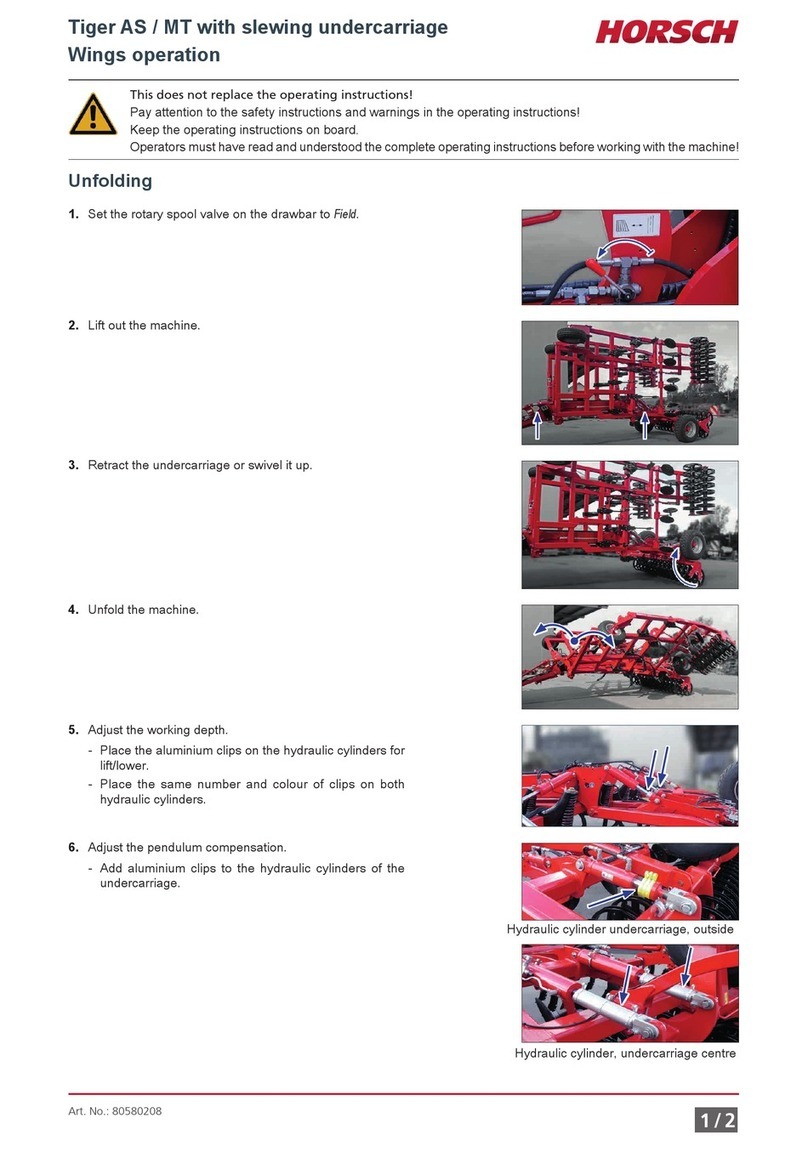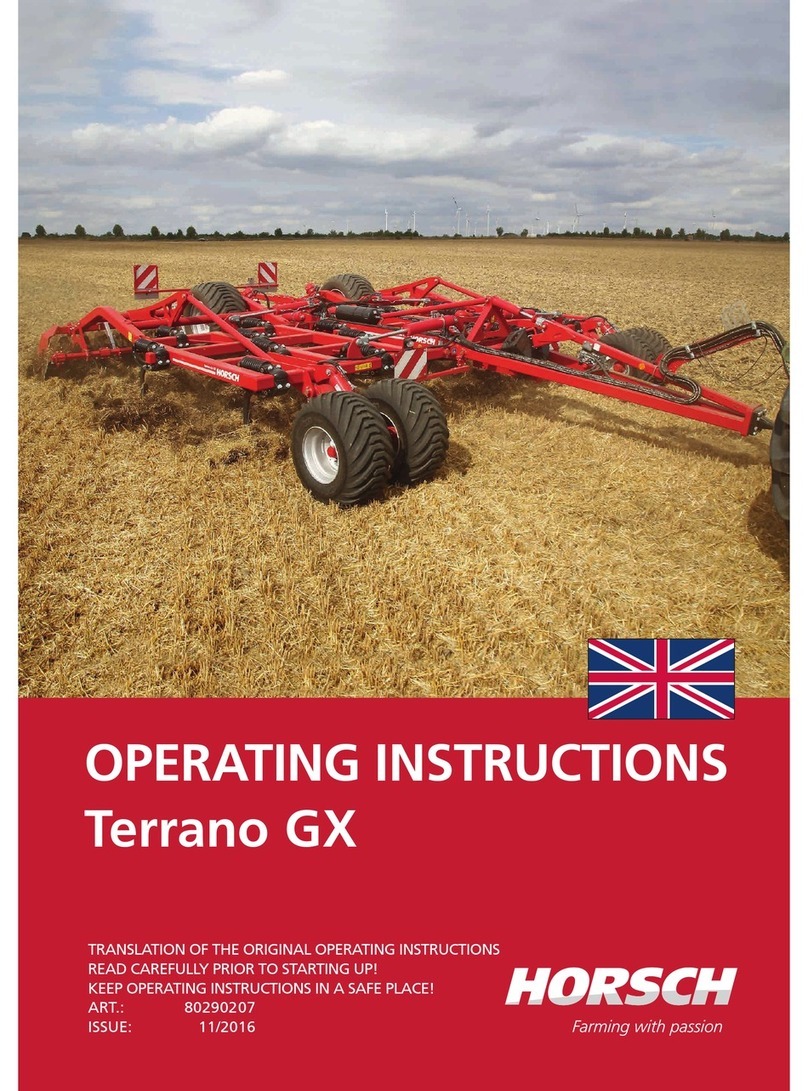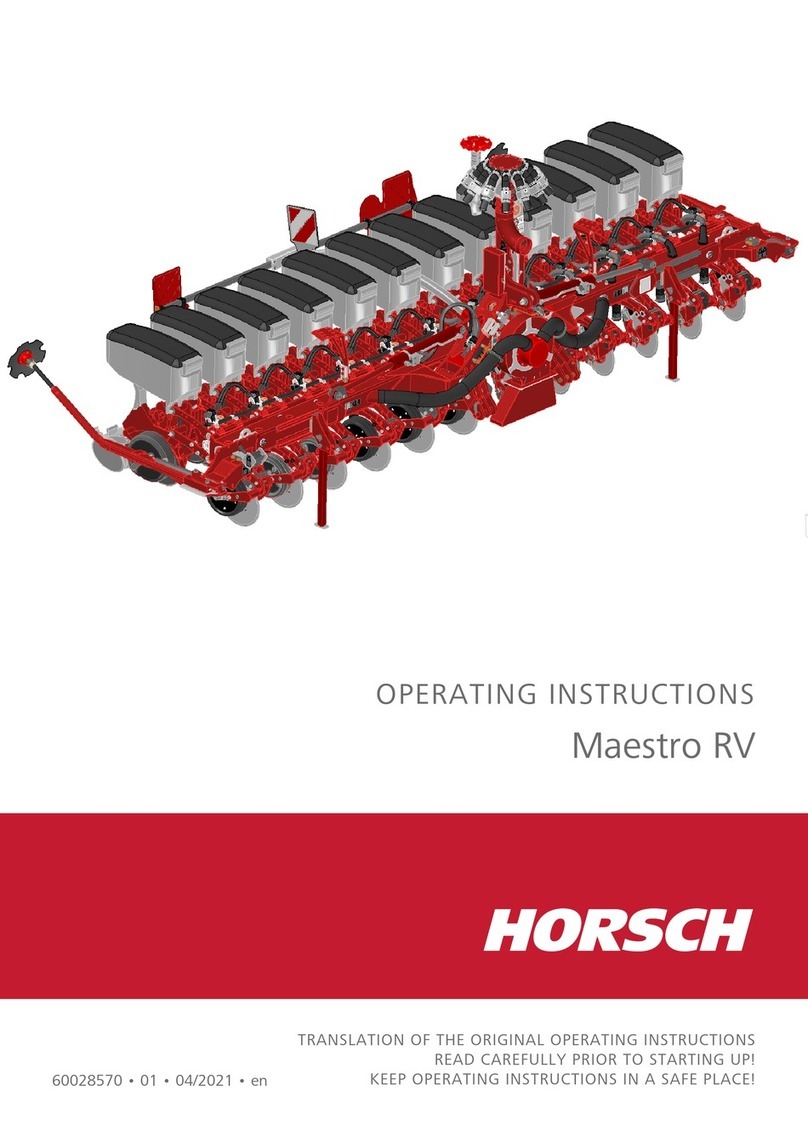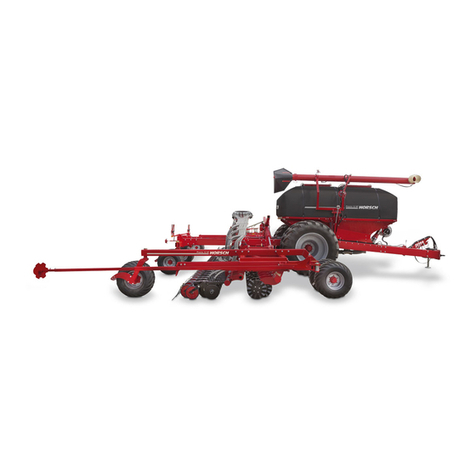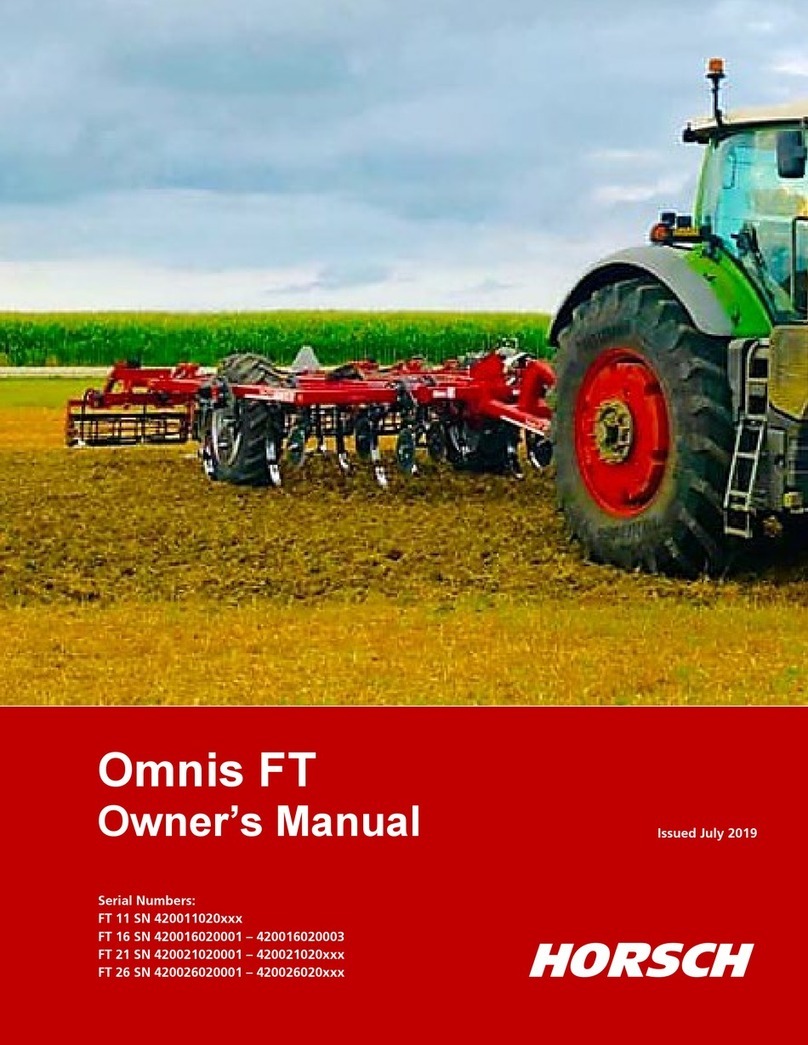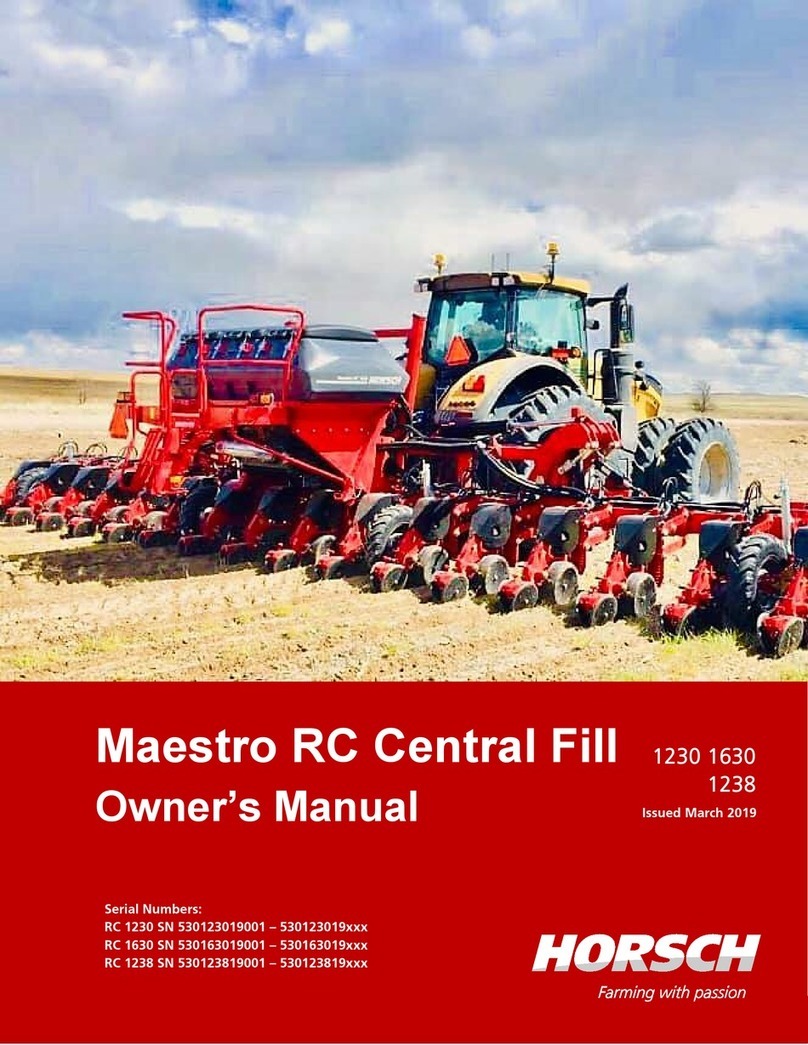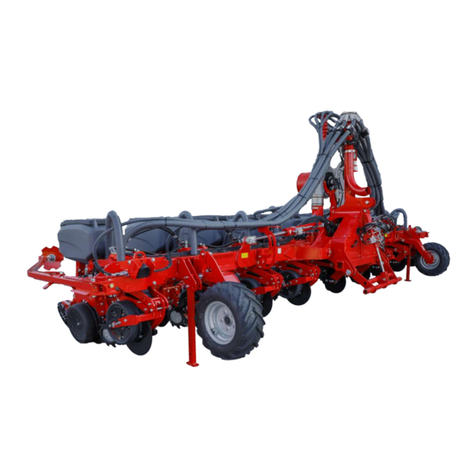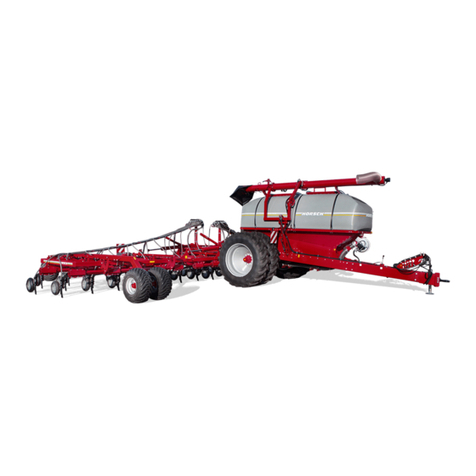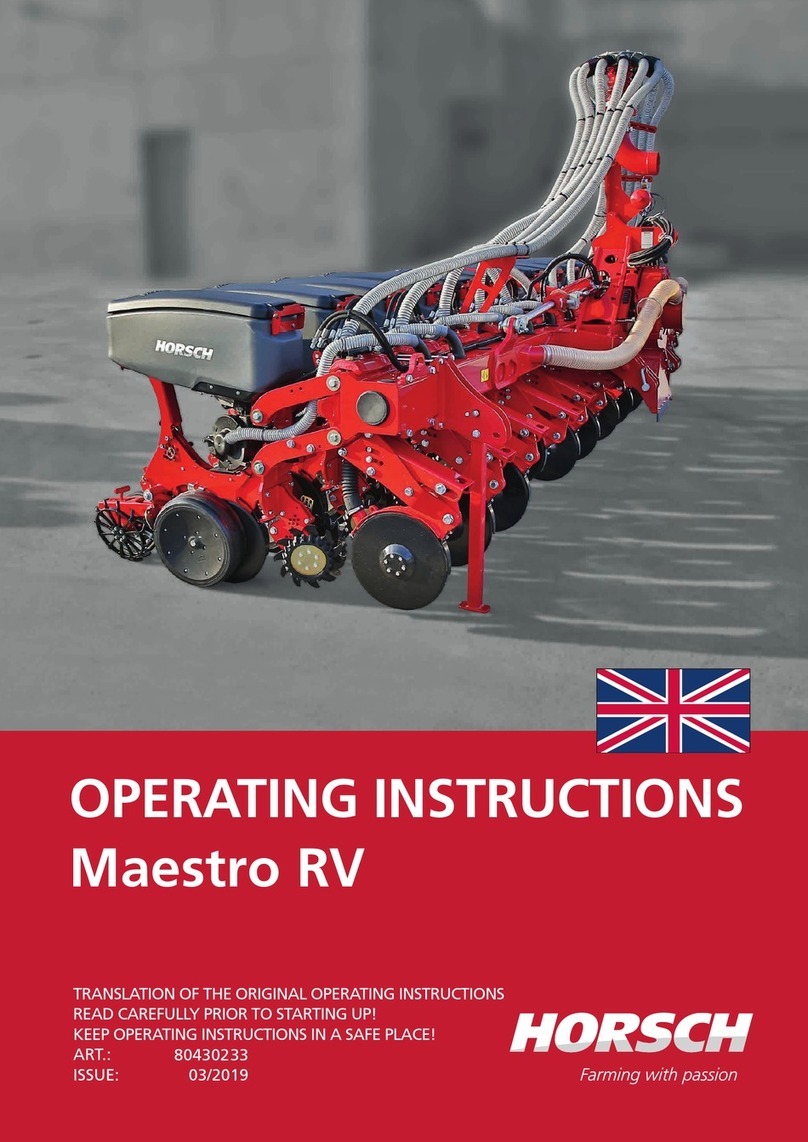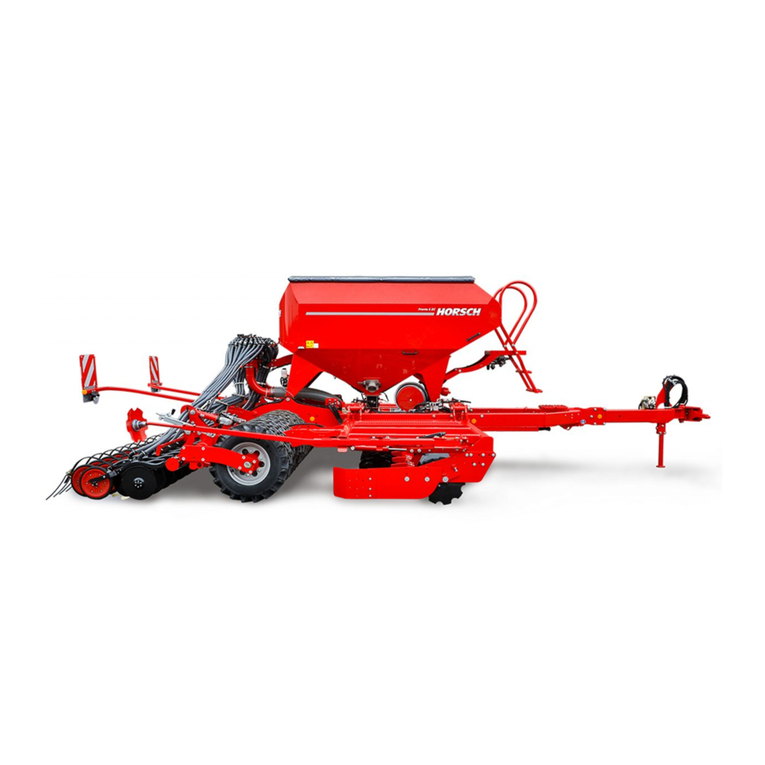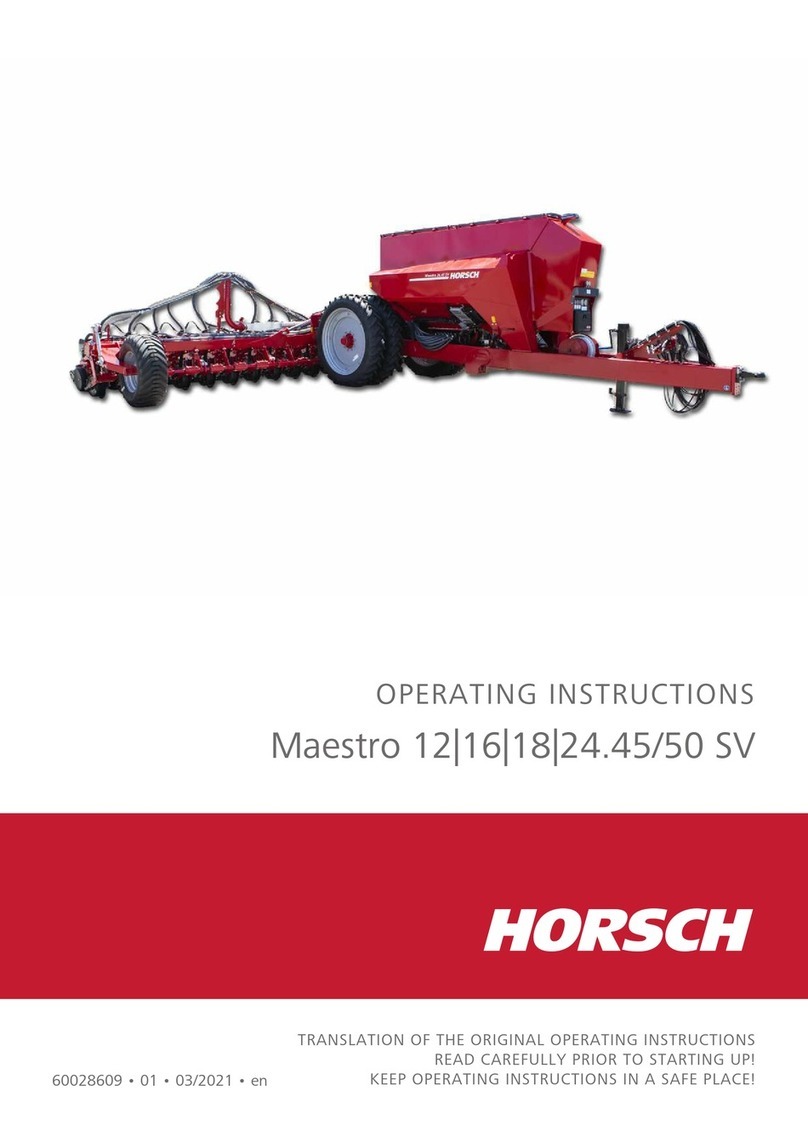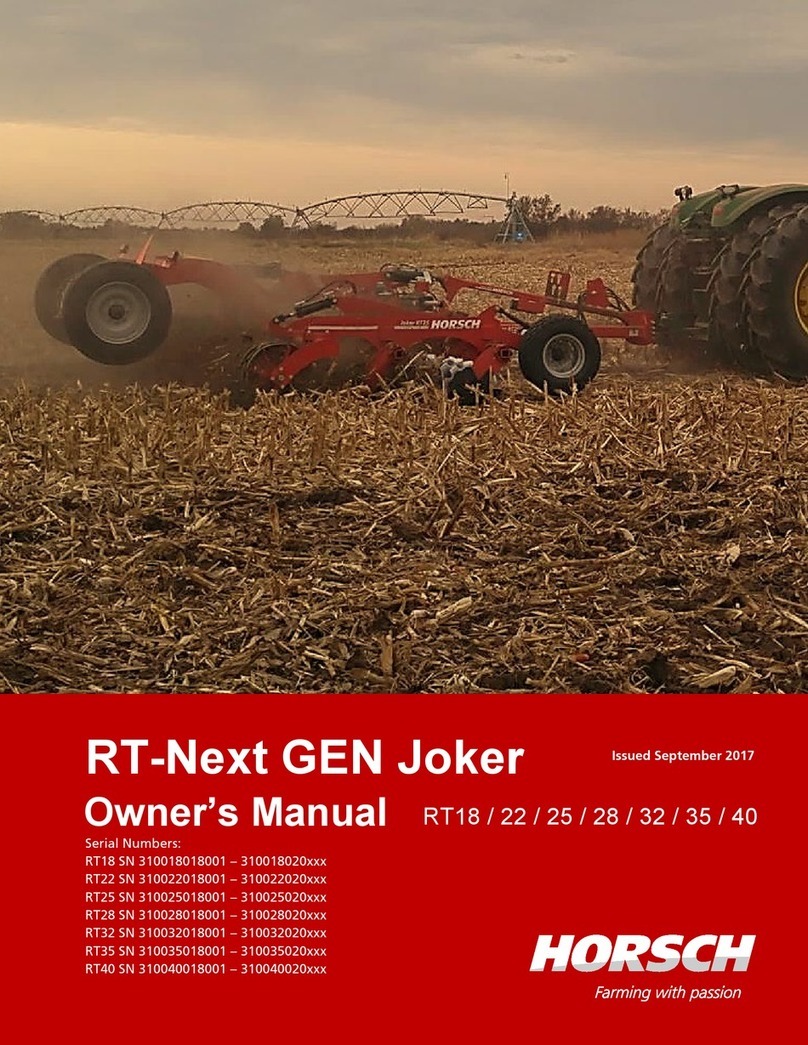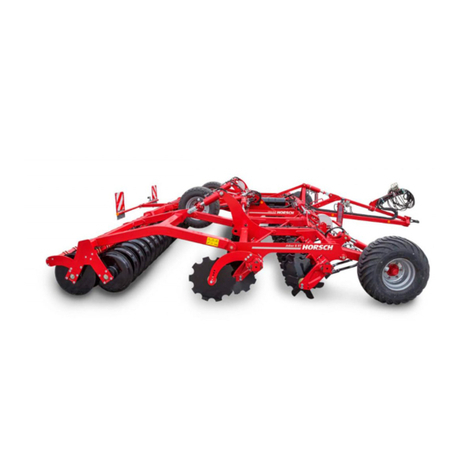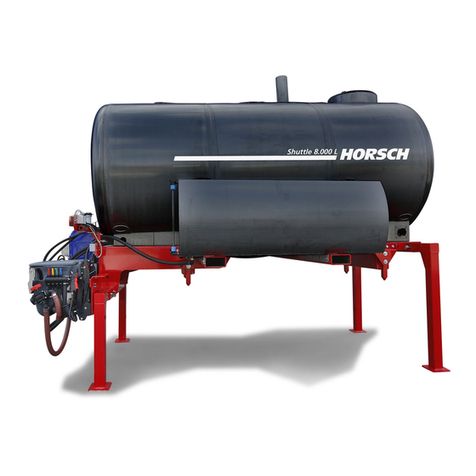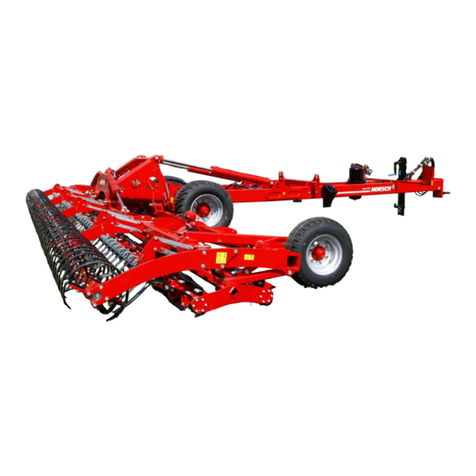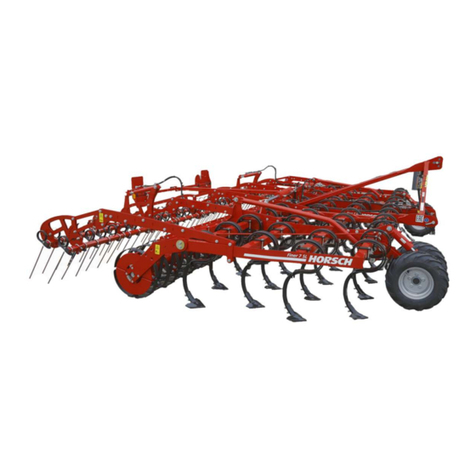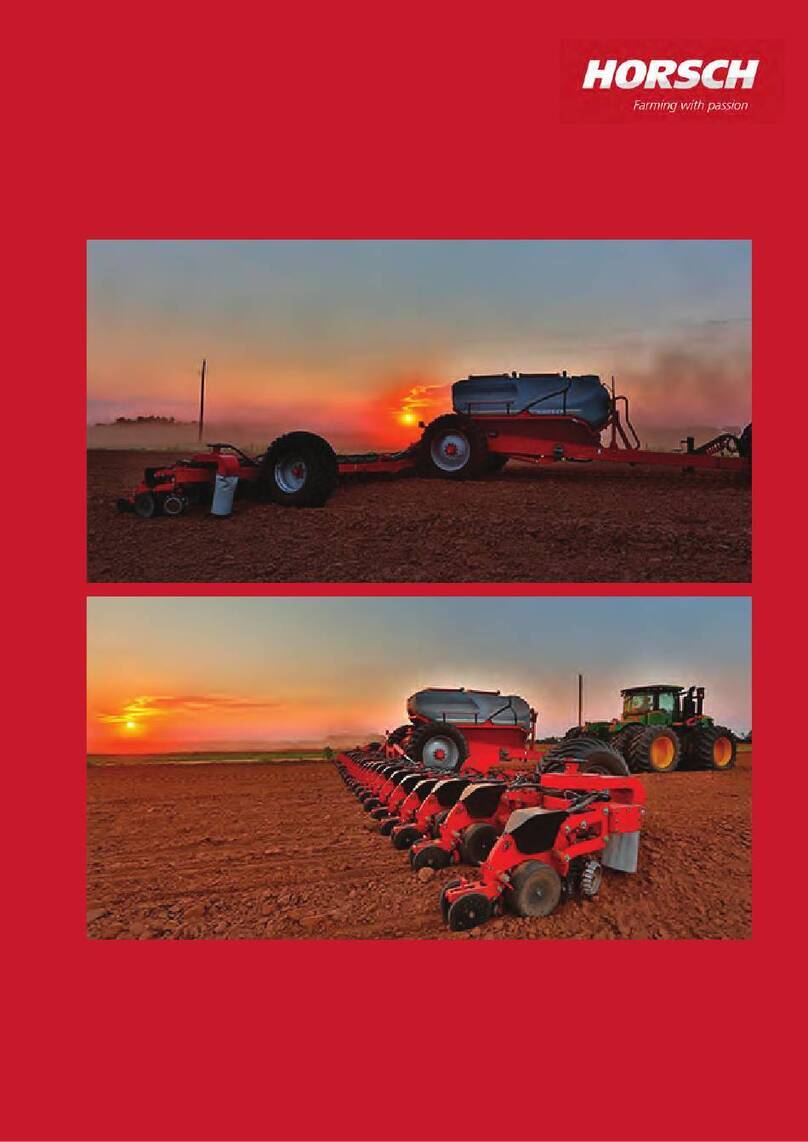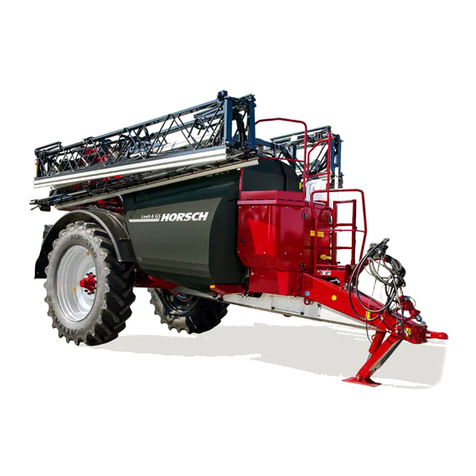
Table of contents
Foreword ........................................................8
1. Safety........................................... 16
1.1 Notes on representation .........................16
1.2 Qualication and training of personnel ...16
1.3 Work place of the operator .....................17
1.4 Danger caused by failing to comply with
the safety notes......................................17
1.5 Safety conscious working.......................17
1.6 Safety notes for the operator..................17
1.6.1 Safety and accident prevention
instructions ..........................................17
1.6.2 Working with the machine ...................18
1.6.3 Changing equipment ...........................19
1.6.4 Hydraulic system .................................19
1.6.5 Electrical system..................................20
1.6.6 Battery .................................................20
1.6.7 Cooling system....................................20
1.6.8 Brake system.......................................20
1.6.9 Tyres....................................................21
1.6.10 Self-propelled working machine ........21
1.6.11 Automatic steering (optional) .............21
1.6.12 Working implements..........................22
1.6.13 Crop protection sprayer operation.....22
1.6.14 Maintenance......................................23
1.6.15 Emergency exit..................................23
1.7 Unauthorized conversion and ....................
manufacture of spare parts ....................24
1.8 Spare parts and wear items as well as
auxiliary materials ..................................24
1.9 Working in the vicinity of high voltage
power lines.............................................25
1.10 Phone and radio equipment .................25
1.11 Danger caused by residual energy .......25
1.12 Cleaning and waste disposal................25
1.13 Intended use.........................................26
1.13.1 Specied equipment..........................26
1.13.2 Consequential damage......................27
1.13.3 Eects when using certain crop ............
protection agents................................27
1.13.4 Danger zones and danger points ......28
1.13.5 Personal protective equipment..........29
1.13.6 Organizational measures...................29
1.13.7 Operating instructions........................29
1.14 Safety notes on the machine................30
1.15 Instruction sticker..................................30
1.16 Safety stickers ......................................30
1.17 Position of safety stickers.....................33
2. General commissioning............. 35
2.1 Check suitability of the vehicle ...............36
2.2 Securing against unintended starting .....36
3. Description.................................. 37
3.1 Overview.................................................37
3.2 Technical data of vehicle ........................39
3.2.1 Type plate ............................................40
3.2.2 Technical data with attachment ...........42
3.2.3 Tyre tightening torque..........................43
3.2.4 Tyres / tyre pressure............................43
3.3 Lighting...................................................44
3.3.1 Equipment in terms of trac engineering ...44
3.3.2 Working headlights..............................46
3.3.3 Rotating beacon ..................................47
3.3.4 Boom illumination ................................47
3.3.5 NightLight (optional) ............................47
3.4 Safety and protective features................48
3.4.1 Transport lock for spraying boom ........48
3.4.2 Slope compensation / pendulum lock..49
3.4.3 Collision protection ..............................50
10
